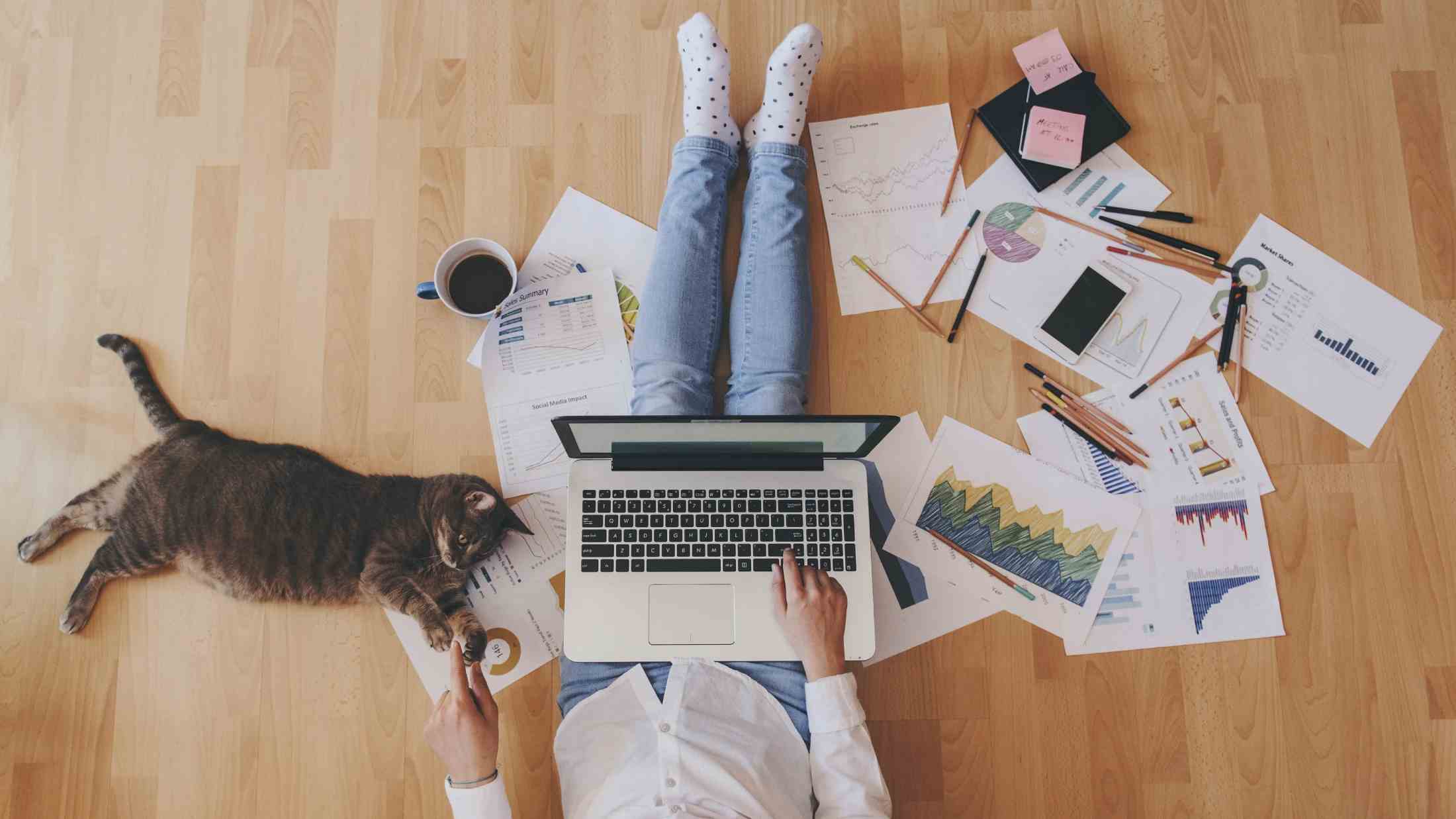Stress is an unfortunate everyday occurrence. The stress response developed in humans to keep us alert to potential harm: originally predators such as wolves, these days missed deadlines.
We need an element of stress to keep us on our toes; however, we should also recognise when stress has a negative effect.
According to the Health and Safety Executive, 45% of working days lost to illness in 2015-16 were due to stress, and workplace stress accounted for 37% of all work-related illnesses. Stress needs to be taken seriously.
So what can you do at work if you feel that everything is becoming too much? Here are some stress-reducing suggestions.
Talk to people
We know it can be easier said than done, but speaking out about stress genuinely helps. A friend will offer sympathy and support, which is important on a human level, while a manager, co-worker or HR team can offer practical solutions. Your colleagues may come up with superb suggestions: a new software package, sharing a PA for a few hours a week, flexible hours if the work-life balance is the problem... You’ll never know if you don’t have the conversation, so please speak out.
Be mindful
Mindfulness is an increasingly popular meditation-based contemplative practice, which can be used to manage stress. Download a mindfulness app such as Headspace, which breaks meditation down into manageable daily sessions. It’s not hard to find ten minutes a day – many people even use the app on their daily commute. You’ll learn techniques such as breathing exercises that will help you deal with daily anxieties.
Exercise
The charity Mind recommends physical exercise for mental health. Exercise releases endorphins which lift your mood. Any form of exercise that you enjoy is beneficial. One stress-buster to try is yoga, which helps with relaxation. Research has shown that yoga can modulate the stress response – in other words, it helps our brains understand that this is merely a job, not the wolves our ancestors may have faced. Make time to exercise in your lunch break, or if you’re self-employed add exercise breaks into your schedule.
A change of scene
If you feel under pressure, it can be difficult to tear yourself away from your desk. However, you’ll be more productive if you’ve taken a break. Take that yoga class, or meet a friend in a café for lunch. Even if you just go for a brisk walk around the block, you’re still taking time out. This is particularly important for self-employed and freelance people, many of whom don’t have the fixed break-time routines their employed peers enjoy.
Regain control
Do you worry that you don’t have control of your workload? It may be time to speak with your boss (or have a good, hard look at your capacity, if you’re self-employed), or it could be that you need to rethink your approach. Try a focused technique such as Pomodoro, which suggests 25 minutes of concentrated work followed by a five-minute break. Don’t panic and multitask: tackle one job at a time. Use a diary or an online calendar to schedule your tasks and deadlines. If you know where you are and exactly what needs doing, it will feel less daunting. And if you ever miss a deadline or are late for a meeting, really, what’s the worst that can happen?
It can be tricky to take that measured approach when you suffer from stress, but remember this: we’re not running away from wolves any more.






